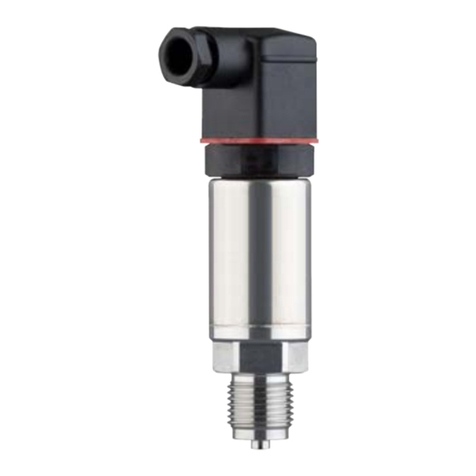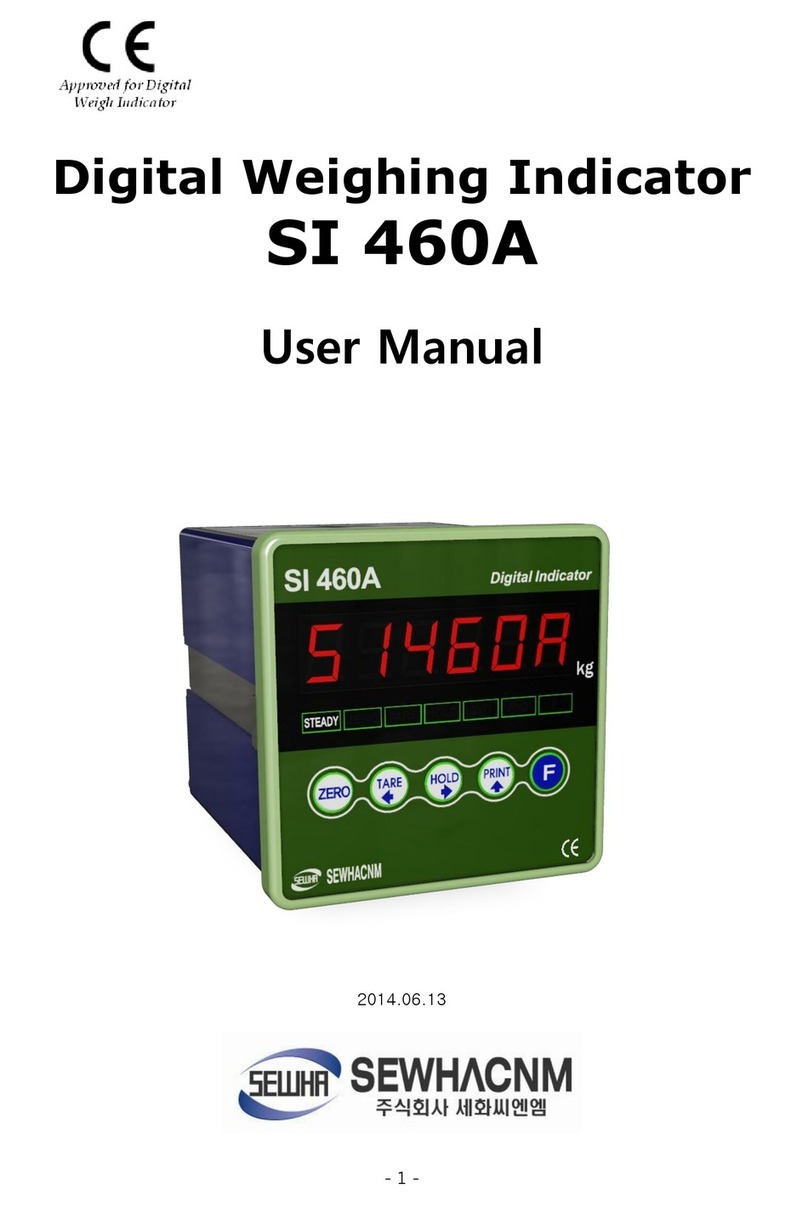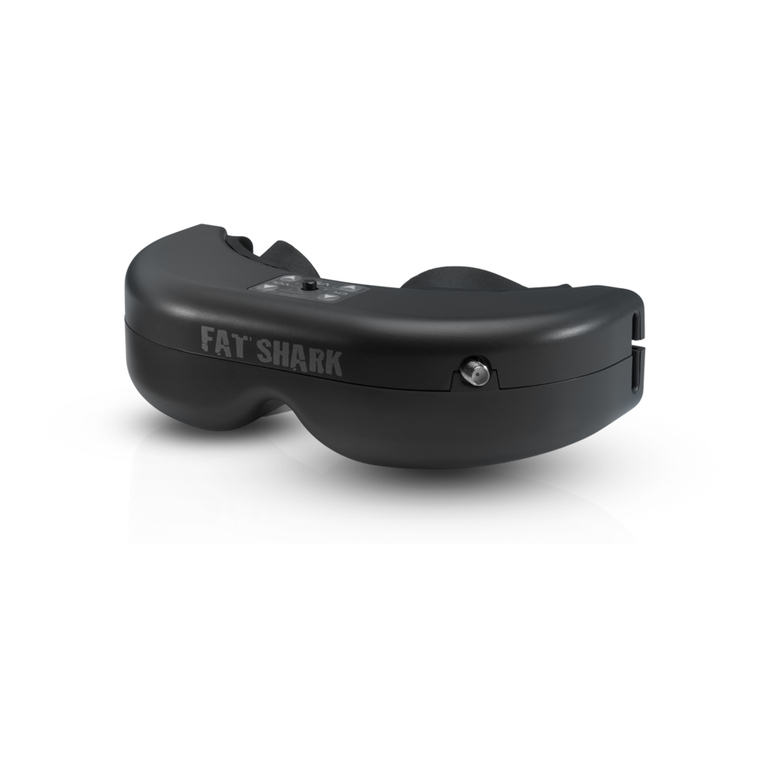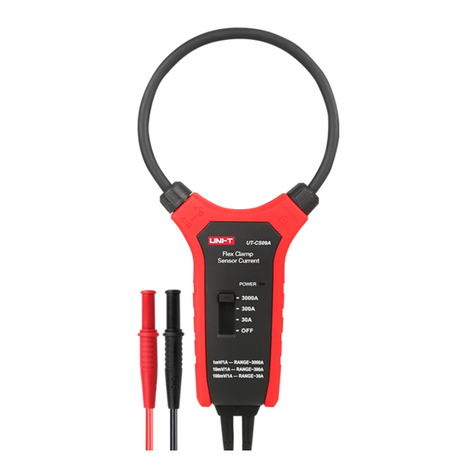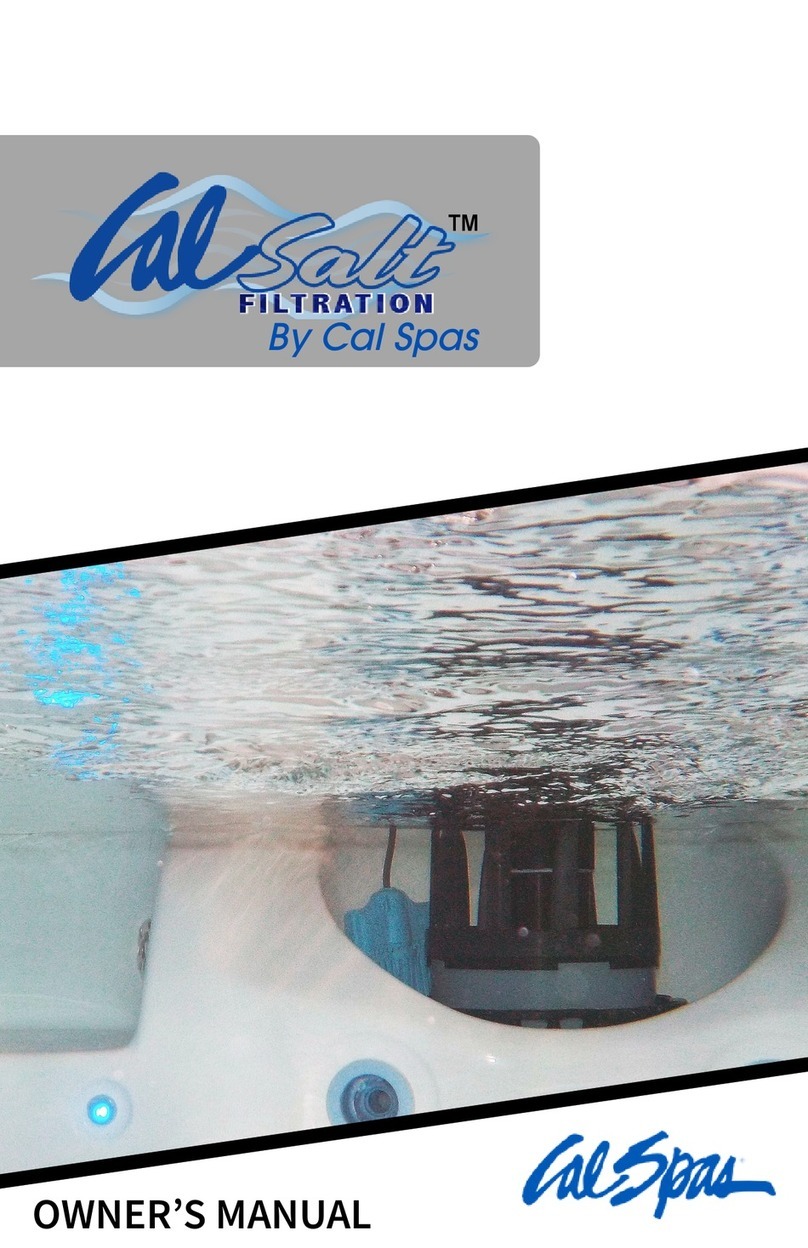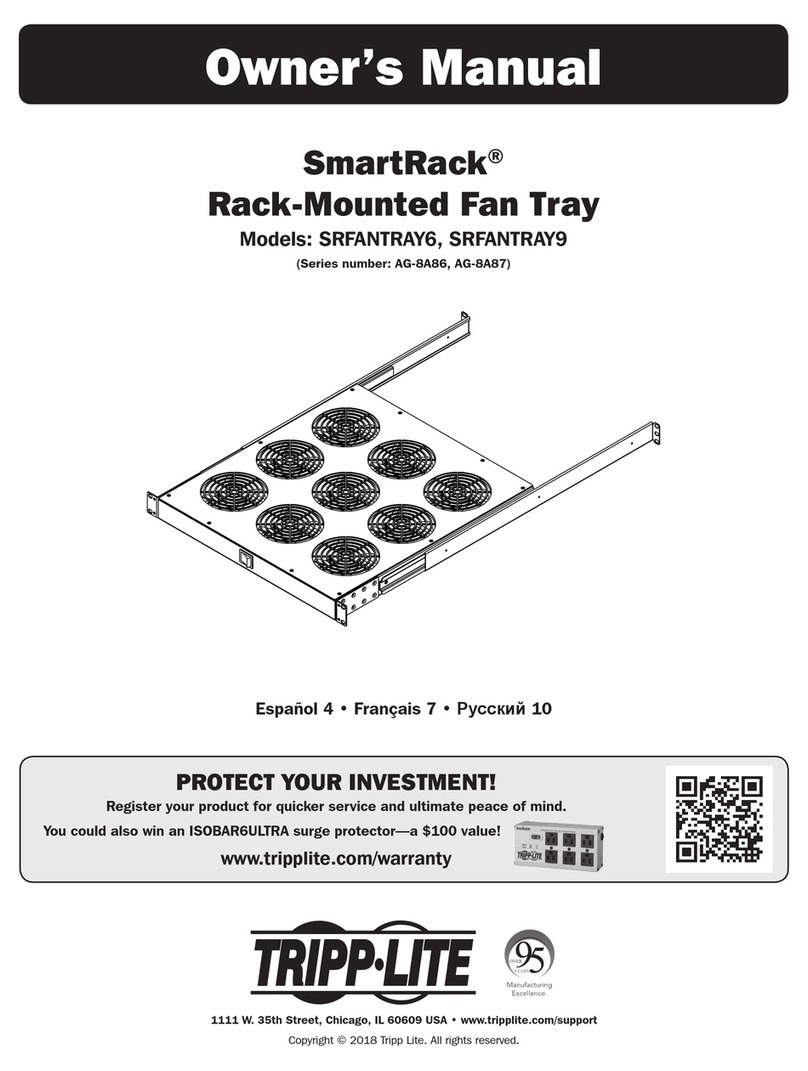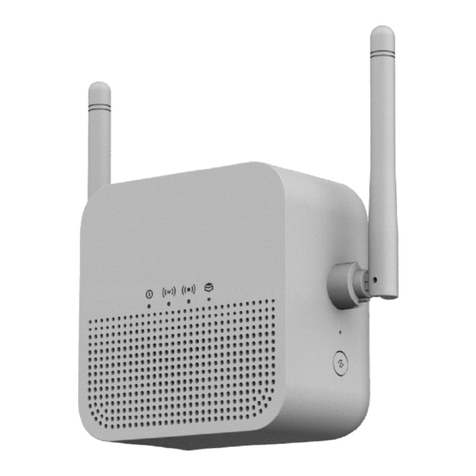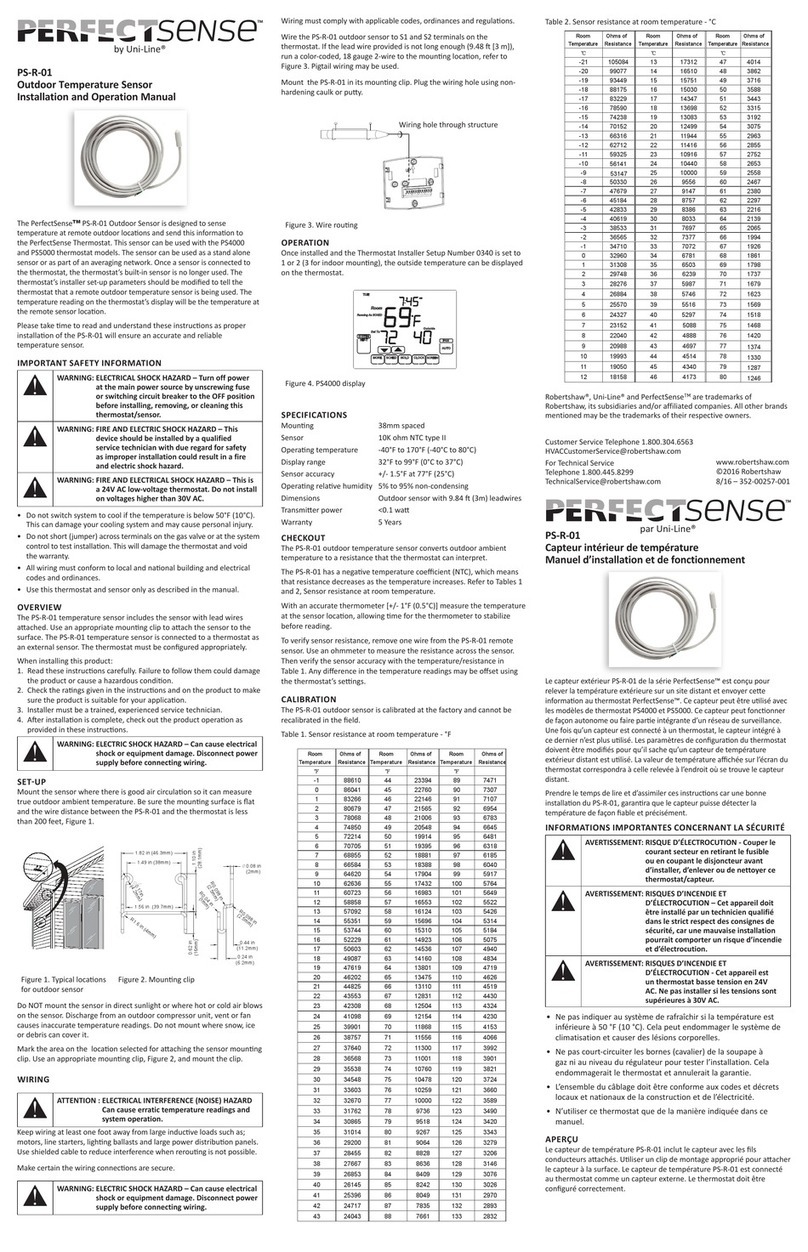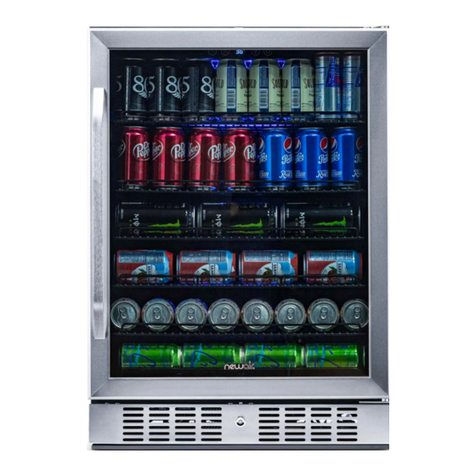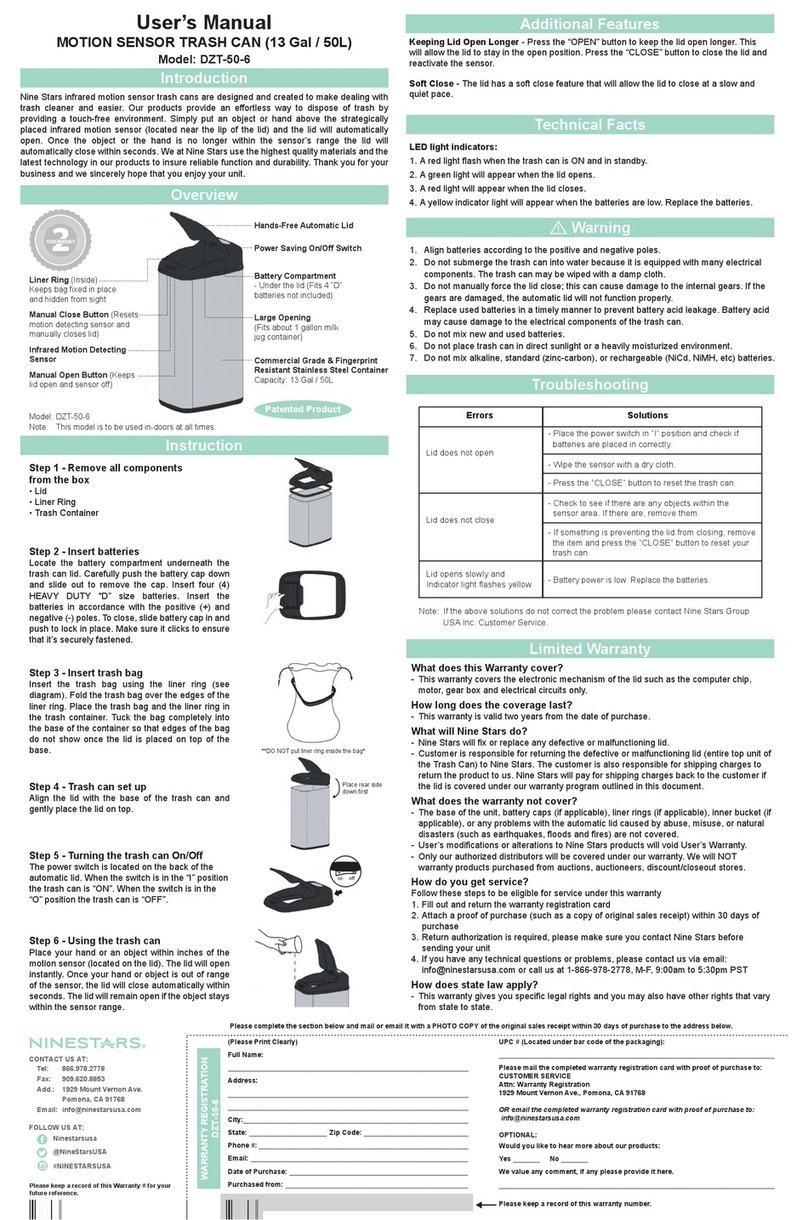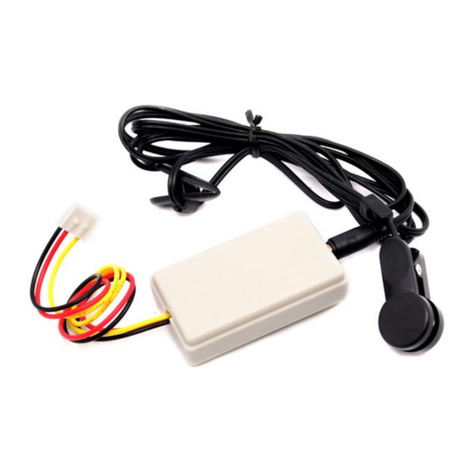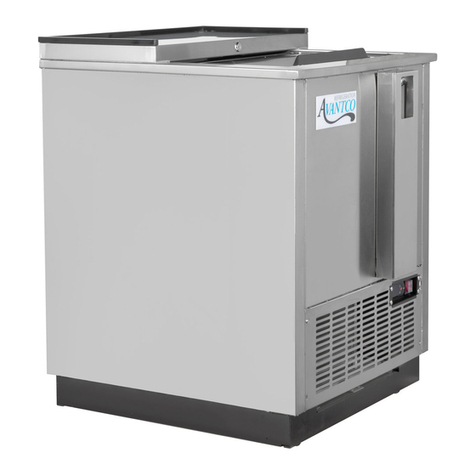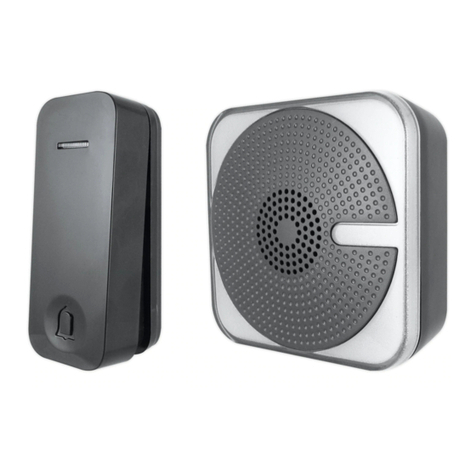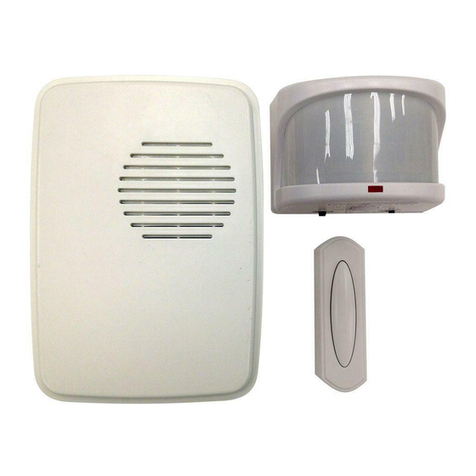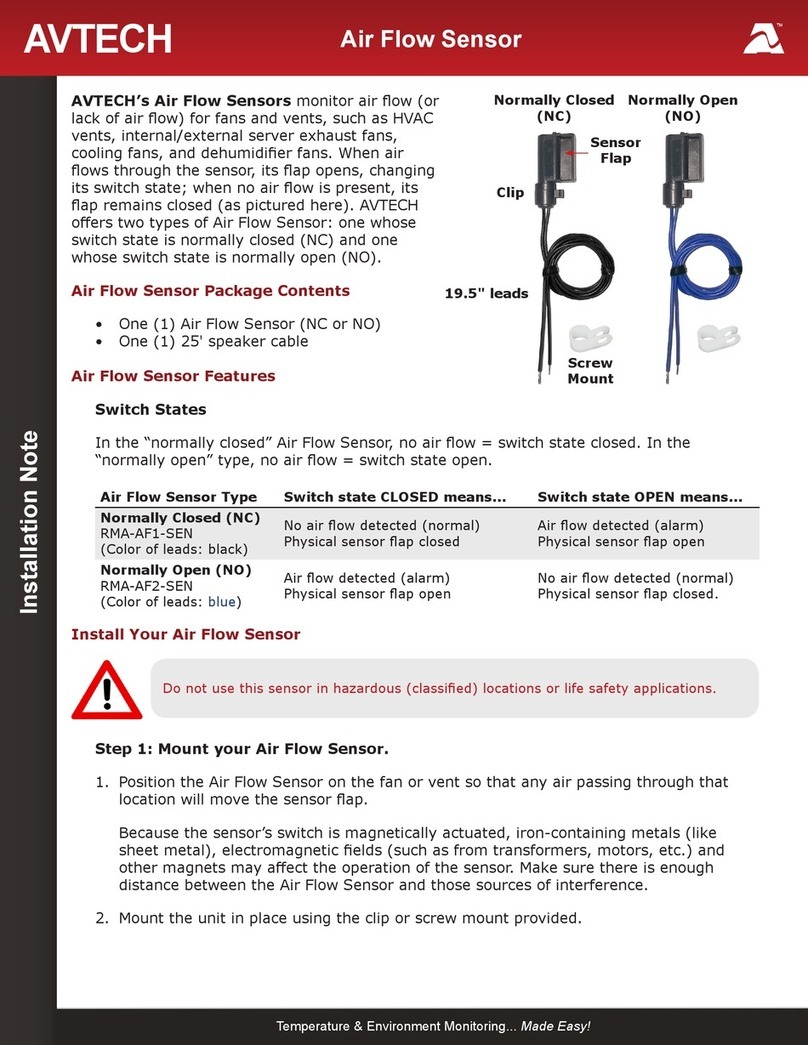Vega VEGAPULS 68 User manual

Operating Instructions
VEGAPULS 68
4…20 mA/HART two-wire
Radar

Operating Instructions
VEGAPULS 68
4…20 mA/HART two-wire
Radar
Contents
1About this document
1.1Function.................................. 4
1.2Target group .............................. 4
1.3Symbolism used............................ 4
2For your safety
2.1Authorised personnel ........................ 5
2.2Appropriate use ............................ 5
2.3Warning about misuse ....................... 5
2.4General safety instructions .................... 5
2.5Safety label on the instrument .................. 6
2.6CE conformity ............................. 6
2.7Fulfillment of NAMUR recommendations .......... 6
2.8FCC and IC conformity (only for USA/Canada). . . . .. 6
2.9Safety instructions for Ex areas ................. 7
2.10 Environmental instructions..................... 7
3Product description
3.1Configuration .............................. 8
3.2Principle of operation ........................ 9
3.3Operation................................. 10
3.4Packaging,transport and storage ............... 10
4Mounting
4.1General instructions ......................... 12
4.2Mounting preparations -Horn antenna ............ 14
4.3Mounting preparations -Parabolic antenna......... 15
4.4Mounting instructions ........................ 16
5Connecting to power supply
5.1Preparing the connection ..................... 27
5.2Connection procedure........................ 28
5.3Wiring plan,single chamber housing ............. 29
5.4Wiring plan,double chamber housing ............ 31
5.5Wiring plan double chamber housing Exd......... 33
5.6Wiring plan -version IP 66/IP 68,1bar ........... 35
5.7Switch on phase............................ 35
6Set up with the indicating and adjustment module PLICSCOM
6.1Short description ........................... 36
6.2Insert indicating and adjustment module........... 36
6.3Adjustment system .......................... 38
6.4Setup procedure............................ 39
6.5Menu schematic............................ 45
6.6Saving the parameter adjustment data ............ 47
2VEGAPULS 68 •4…20 mA/HART two-wire
Contents
29261-EN-090305

7Setup with PACTware and other adjustment programs
7.1Connect the PC via VEGACONNECT ............ 48
7.2Parameter adjustment with PACTware ............ 49
7.3Parameter adjustment with AMS™and PDM ....... 50
7.4Saving the parameter adjustment data ............ 50
8Maintenance and fault rectification
8.1Maintenance,cleaning ....................... 51
8.2Remove interferences........................ 51
8.3Exchanging the electronics module .............. 52
8.4Software update ............................ 53
8.5Instrument repair ........................... 53
9Dismounting
9.1Dismounting steps .......................... 55
9.2Disposal ................................. 55
10 Supplement
10.1Technical data ............................. 56
10.2Dimensions ............................... 65
Supplementary documentation
Information:
Supplementary documents appropriate to the ordered version come
with the delivery.You can find them listed in chapter "Product
description".
Instructions manuals for accessories and replacement parts
Tip:
l27835 -Indicating and adjustment module PLICSCOM
l32628 -Interface adapter VEGACONNECT
l27720 -External indication VEGADIS 61
l34296 -Protective cover
l31088 -Flanges according to DIN-EN-ASME-JIS
l30176 -Electronics module VEGAPULS series 60
l31381 -Antenna impedance cone VEGAPULS 62 and 68
VEGAPULS 68 •4…20 mA/HART two-wire 3
Contents
29261-EN-090305
1About this document
1.1Function
This operating instructions manual provides all the information you
need for mounting,connection and setup as well as important
instructions for maintenance and fault rectification.Please read this
information before putting the instrument into operation and keep this
manual accessible in the immediate vicinity of the device.
1.2Target group
This operating instructions manual is directed to trained qualified
personnel.The contents of this manual should be made available to
these personnel and put into practice by them.
1.3Symbolism used
Information,tip,note
This symbol indicates helpful additional information.
Caution:If this warning is ignored,faults or malfunctions can
result.
Warning:If this warning is ignored,injury to persons and/or serious
damage to the instrument can result.
Danger:If this warning is ignored,serious injury to persons and/or
destruction of the instrument can result.
Ex applications
This symbol indicates special instructions for Ex applications.
lList
The dot set in front indicates a list with no implied sequence.
àAction
This arrow indicates a single action.
1Sequence
Numbers set in front indicate successive steps in a procedure.
4VEGAPULS 68 •4…20 mA/HART two-wire
1About this document
29261-EN-090305

2For your safety
2.1Authorised personnel
All operations described in this operating instructions manual must be
carried out only by trained specialist personnel authorised by the plant
operator.
During work on and with the device the required personal protective
equipment must always be worn.
2.2Appropriate use
VEGAPULS 68 is a sensor for continuous level measurement.
You can find detailed information on the application range in chapter
"Product description".
Operational reliability is ensured only if the instrument is properly used
according to the specifications in the operating instructions manual as
well as possible supplementary instructions.
For safety and warranty reasons,any invasive work on the device
beyond that described in the operating instructions manual may be
carried out only by personnel authorised by the manufacturer.Arbitrary
conversions or modifications are explicitly forbidden.
2.3Warning about misuse
Inappropriate or incorrect use of the instrument can give rise to
application-specific hazards,e.g.vessel overfill or damage to system
components through incorrect mounting or adjustment.
2.4General safety instructions
This is a high-tech instrument requiring the strict observance of
standard regulations and guidelines.The user must take note of the
safety instructions in this operating instructions manual,the country-
specific installation standards as well as all prevailing safety
regulations and accident prevention rules.
Depending on the model,the emitting frequencies of all radar sensors
are either in the Cor Kband range.The low transmitting power lies far
below the internationally permitted limit values.When the instrument is
used correctly,it presents no danger to human health.It may be
operated without restriction outside of closed metallic vessels.
The instrument must only be operated in a technically flawless and
reliable condition.The operator is responsible for trouble-free
operation of the instrument.
VEGAPULS 68 •4…20 mA/HART two-wire 5
2For your safety
29261-EN-090305
During the entire duration of use,the user is obliged to determine the
compliance of the required occupational safety measures with the
current valid rules and regulations and also take note of new
regulations.
2.5Safety label on the instrument
The safety approval markings and safety tips on the device must be
observed.
2.6CE conformity
This device fulfills the legal requirements of the applicable EC
guidelines.By attaching the CE mark,VEGA provides a confirmation
of successful testing.You can find the CE conformity declaration in the
download area of www.vega.com.
2.7Fulfillment of NAMUR recommendations
With respect to compatibility,the NAMUR recommendation NE 53 is
fulfilled.This applies also to the corresponding indicating and
adjustment components.VEGA instruments are generally upward and
downward compatible.
lSensor software for DTM VEGAPULS 68 HART,PA or FF
lDTM VEGAPULS 68 for adjustment software PACTware
lIndicating and adjustment module for sensor software
The parameter adjustment of the basic sensor functions is independ-
ent of the software version.The range of available functions depends
on the respective software version of the individual components.
The software version of VEGAPULS 68 can be determined as follows:
lvia PACTware
lon the type label of the electronics
lvia the indicating and adjustment module
You can view all software histories on our website www.vega.com.
Make use of this advantage and get registered for update information
via e-mail.
2.8FCC and IC conformity (only for USA/Canada)
VEGAPULS sensors with all antenna versions are FCC and IC
approved:
lFCC ID:O6QPULS68
lIC:3892A-PS68
Modifications not expressly approved by VEGA will lead to expiry of
the operating licence according to FCC.
VEGAPULS 68 is in conformity with part 15 of the FCC regulations.
Take note of the respective operating regulations:
6VEGAPULS 68 •4…20 mA/HART two-wire
2For your safety
29261-EN-090305

lThe instrument must not cause any interfering emissions
lThe device must be insensitive to interfering immissions,including
those that may cause undesirable operating conditions.
2.9Safety instructions for Ex areas
Please note the Ex-specific safety information for installation and
operation in Ex areas.These safety instructions are part of the
operating instructions manual and come with the Ex-approved
instruments.
2.10 Environmental instructions
Protection of the environment is one of our most important duties.That
is why we have introduced an environment management system with
the goal of continuously improving company environmental protection.
The environment management system is certified according to DIN
EN ISO 14001.
Please help us fulfil this obligation by observing the environmental
instructions in this manual:
lChapter "Packaging,transport and storage"
lChapter "Disposal"
VEGAPULS 68 •4…20 mA/HART two-wire 7
2For your safety
29261-EN-090305
3Product description
3.1Configuration
The scope of delivery encompasses:
lVEGAPULS 68 radar sensor
lDocumentation
-this operating instructions manual
-Safety Manual 31338 "VEGAPULS series 60 -4…20 mA/
HART"(optionally)
-Operating instructions manual 27835 "Indicating and adjust-
ment module PLICSCOM"(optional)
-Supplementary instructions manual 31708 "Heating for in-
dicating and adjustment module"(optional)
-Supplementary instructions manual "Plug connector for con-
tinuously measuring sensors"(optional)
-Ex-specific"Safety instructions"(with Ex-versions)
-if necessary,further certificates
1
2
3
4
Fig.1:VEGAPULS 68 -horn antenna and swivelling holder
1Housing cover with integrated PLICSCOM (optional)
2Housing with electronics
3Swivelling holder with flange
4Horn antenna
VEGAPULS 68 consists of the following components:
Scope of delivery
Components
8VEGAPULS 68 •4…20 mA/HART two-wire
3Product description
29261-EN-090305

lHorn or parabolic antenna
lprocess fitting (depending on the version flange or thread)
loptionally available with swivelling holder,purging air connection,
reflux valve
lHousing with electronics,optionally available with plug connector,
optionally available with connection cable
lHousing cover,optionally available with indicating and adjustment
module PLICSCOM
The components are available in different versions.
The type label contains the most important data for identification and
use of the instrument:
lSensor type
lArticle and serial number device
lArticle numbers documentation
lTechnical data:Approvals,antenna type,process fitting,process
seal/temperature,signal output,voltage supply,protection,pro-
tection class
lSIL identification (with SIL rating ex works)
With the serial number,you can access the delivery data of the
instrument via www.vega.com,"VEGA Tools"and "serial number
search".In addition to the type label outside,you can also find the
serial number on the inside of the instrument.
3.2Principle of operation
VEGAPULS 68 is a radar sensor in K-band technology for continuous
level measurement of solids.
Aversion of VEGAPULS 68 is available for each area of application:
lThe version with horn antenna is particularly suitable for
measurement of virtually all bulk solids in small silos and vessels.
lThe version with parabolic antenna is particularly suitable for large
silos and vessels with up to 70 m(76 yd)measuring distance and
for measurement of solids with low dielectric constant.
VEGAPULS 68 is also suitable for applications in liquids.
The antenna of the radar sensor emits short radar pulses with a
duration of approx.1ns.These pulses are reflected by the product
and received by the antenna as echoes.The running time of the radar
pulses from emission to reception is proportional to the distance and
hence to the level.The determined level is converted into an
appropriate output signal and outputted as measured value.
Two-wire electronics 4…20 mA/HART for power supply and
measured value transmission over the same cable.
The supply voltage range can differ depending on the instrument
version.
Type label
Application area
Functional principle
Power supply
VEGAPULS 68 •4…20 mA/HART two-wire 9
3Product description
29261-EN-090305
The data for power supply are specified in chapter "Technical data".
The backlight of the indicating and adjustment module is powered by
the sensor.The prerequisite for this is a supply voltage at a certain
level.The exact voltage specifications are stated in chapter "Technical
data".
The optional heating requires its own operating voltage.You can find
detailed information in the supplementary instructions manual "Heating
for indicating and adjustment module".This function is generally not
available for approved instruments.
3.3Operation
VEGAPULS 68 can be adjusted with different adjustment media:
lwith indicating and adjustment module
lwith the suitable VEGA DTM in conjunction with an adjustment
software according to the FDT/DTM standard,e.g.PACTware and
PC
lwith manufacturer-specific adjustment programs AMS™or PDM
lWith a HART handheld
The entered parameters are generally saved in VEGAPULS 68,
optionally also in the indicating and adjustment module or in
PACTware.
3.4Packaging,transport and storage
Your instrument was protected by packaging during transport.Its
capacity to handle normal loads during transport is assured by a test
according to DIN EN 24180.
The packaging of standard instruments consists of environment-
friendly,recyclable cardboard.For special versions,PE foam or PE foil
is also used.Dispose of the packaging material via specialised
recycling companies.
Transport must be carried out under consideration of the notes on the
transport packaging.Nonobservance of these instructions can cause
damage to the device.
The delivery must be checked for completeness and possible transit
damage immediately at receipt.Ascertained transit damage or
concealed defects must be appropriately dealt with.
Up to the time of installation,the packages must be left closed and
stored according to the orientation and storage markings on the
outside.
Unless otherwise indicated,the packages must be stored only under
the following conditions:
lNot in the open
Packaging
Transport
Transport inspection
Storage
10 VEGAPULS 68 •4…20 mA/HART two-wire
3Product description
29261-EN-090305

lDry and dust free
lNot exposed to corrosive media
lProtected against solar radiation
lAvoiding mechanical shock and vibration
lStorage and transport temperature see chapter "Supplement -
Technical data -Ambient conditions"
lRelative humidity 20 …85 %
Storage and transport
temperature
VEGAPULS 68 •4…20 mA/HART two-wire 11
3Product description
29261-EN-090305
4Mounting
4.1General instructions
Select an installation position you can easily reach for mounting and
connecting as well as later retrofitting of an indicating and adjustment
module.The housing can be rotated by 330°without the use of any
tools.You can also install the indicating and adjustment module in four
different positions (each displaced by 90°).
Warning:
With threaded versions,the housing must not be used to screw in the
instrument!Applying tightening forces on the housing can damage its
internal parts.
Use the recommended cables (see chapter "Connecting to power
supply")and tighten the cable gland.
You can give your instrument additional protection against moisture
penetration by leading the connection cable downward in front of the
cable entry.Rain and condensation water can thus drain off.This
applies mainly to outdoor mounting as well as installation in areas
where high humidity is expected (e.g.through cleaning processes)or
on cooled or heated vessels.
Fig.2:Measures against moisture penetration
The reference plane for the measuring range of the sensors is the
lower edge of the flange or the seal surface of the thread.
Mounting position
Screwing in
Moisture
Measuring range
12 VEGAPULS 68 •4…20 mA/HART two-wire
4Mounting
29261-EN-090305

132
100%
0%
4
Fig.3:Measuring range (operating range), max.measuring distance and
reference plane
1full
2empty (max.measuring distance)
3Measuring range
4Reference plane
Information:
If the medium reaches the antenna,buildup can form on it and cause
faulty measurements later on.
The emitted radar impulses of VEGAPULS 68 are electromagnetic
waves.They have hence an electric and a magnetic share which are in
rectangular relation.The polariation plane is defined by the direction of
the electric share.With radar sensors,the polarisation can be used to
reduce the effect of false echoes considerably by turning the
instrument in the connection flange or mounting boss.The position of
the polarisation plane is marked on the instrument.
Polarisation plane
VEGAPULS 68 •4…20 mA/HART two-wire 13
4Mounting
29261-EN-090305
1
Fig.4:Position of the polarisation plane with VEGAPULS 68
1Marking hole
Make sure that all parts of the instrument in contact with the measured
product,especially the sensor element,process seal and process
fitting,are suitable for the existing process conditions such as process
pressure,process temperature as well as the chemical properties of
the medium.
You can find the specifications in chapter "Technical data"in the or on
the type label.
4.2Mounting preparations -Horn antenna
Information:
This information applies only to special versions!
VEGAPULS 68 is also available in versions where the antenna has a
bigger diameter than the process fitting (thread,flange). The antenna
must therefore be disconnected from the process fitting before
mounting.Proceed as follows:
1Loosen the hexagon screws (3)on the antenna socket with an
Allen wrench (size 3)
2Remove the antenna (4)
Note:
The plastic conemust not be pulled out of the antenna socket.
3Insert the antenna from below into the vessel socket and secure it
against falling off
4Retighten the antenna with hexagon screws to the antenna socket;
torque max.10 Nm(7.5lbf ft)
Suitability for process
conditions
14 VEGAPULS 68 •4…20 mA/HART two-wire
4Mounting
29261-EN-090305

Note:
VEGAPULS 68 with rinsing air connection or antenna extension is
provided with a notch on the antenna socket.This notch must
correspond to the marking on the hexagon of the process fitting (the
marking specifies the position of the polarisation level of the radar
signal).
3
4
1
2
Fig.5:Dismounting horn antenna
1Marking
2Notch
3Hexagon screws on the antenna socket
4Antenna
4.3Mounting preparations -Parabolic antenna
Information:
This information applies only to special versions!
VEGAPULS 68 is also available in versions where the antenna has a
diameter larger than the process fitting (thread,flange). With such
versions the antenna must be disconnected from the process fitting
before mounting.Proceed as follows:
1Clamp VEGAPULS 68 with the flange,e.g.in a bench vice
2Hold the connection piece (3)with a wrench SW 22 on the
flattenings
3Unscrew the locknut (2)with SW 36 against the antenna
4Loosen compression nut (1)with a wrench SW 41 completely in
the direction of the antenna
5Remove the parabolic antenna (4)axially
6Mount sensor flange to the adapter flange and clamp it
VEGAPULS 68 •4…20 mA/HART two-wire 15
4Mounting
29261-EN-090305
7Check,if the O-ring seal is available on the connection piece and if
it is not damaged.
Note:
Adamaged O-ring seal must be replaced:FKM (Viton)article no.
2.28248,FFKM (Kalrez 6375)article no.2.27351
8Remount the parabolic antenna (4)
9Tighten compression nut (1)with SW 41,torque max.50 Nm
10 Tighten locknut (2)with SW 36,torque max.40 Nm.
Note:
Take note for VEGAPULS 68 with rinsing air connection that the holes
in the antenna and in the process fitting correspond.This ensures a
sufficient air flow (the air is led through the holes to the feed system.A
rinsing of the parabolic antenna in total is not intended).
1
2
3
4
Fig.6:Dismounting,parabolic antenna
1Compression nut
2Locknut
3Connection piece
4Parabolic antenna
4.4Mounting instructions
The illustrations with the following mounting instructions show a
VEGAPULS 68 with horn antenna.The mounting instructions apply
analogously also to the version with parabolic antenna.
Mount the sensor at least 200 mm (7.874 in)away from the vessel
wall.
Horn and parabolic an-
tenna
Mounting position
16 VEGAPULS 68 •4…20 mA/HART two-wire
4Mounting
29261-EN-090305

12
Fig.7:Mounting position
1Reference plane
If you cannot keep this distance you should carry out a false echo
storage before setup.This applies mainly if buildup on the vessel wall
is expected.In this case,we recommend repeating a false echo
storage later with existing buildup.
To measure as much of the vessel volume as possible,the sensor
should be aligned so that the measuring beam reaches the lowest
level in the vessel.In a cylindrical silo with conical outlet,the easiest
way is to mount the instrument in the center of the silo.
Orientation
VEGAPULS 68 •4…20 mA/HART two-wire 17
4Mounting
29261-EN-090305
Fig.8:Orientation
If mounting in the center of the silo is not possible,the sensor can be
directed to the vessel center by means of an optional swivelling holder.
The following description gives an overview on the determination of
the necessary angle of inclination.
18 VEGAPULS 68 •4…20 mA/HART two-wire
4Mounting
29261-EN-090305

d
a
α
Fig.9:Proposal for installation after orientation VEGAPULS 68
The angle of inclination depends on the vessel dimensions.It can be
easily checked with a suitable level or water leve on the sensor.
Tip:
VEGA recommends the adjusting aid from VEGA line of accessory.
This is a round,direction-independent water level which is simply
place to the sensor housing.
The following chart specifies the distance "a"between installation
position and vessel centre dependent on the measuring distance for
inclination angles of 2°…10°.
Distance d
(m)
2°4°6°8°10°
20.10.10.20.30.4
40.10.30.40.60.7
60.20.40.60.81.1
80.30.60.81.11.4
10 0.30.71.11.41.8
15 0.51.01.62.12.6
20 0.71.42.12.83.5
25 0.91.72.63.54
.4
VEGAPULS 68 •4…20 mA/HART two-wire 19
4Mounting
29261-EN-090305
Distance d
(m)
2°4°6°8°10°
30 1.02.13.24.25.3
35 1.22.43.74.96.2
40 1.42.84.25.67.1
45 1.63.14.76.37.9
50 1.73.55.37 8.8
55 1.93.85.87.79.7
60 2.14.26.38.410.6
65 2.34.56.89.111.5
70 2.44.97.49.812.3
Example:
In a vessel 20 m high,the installation position of the sensor is 1.4m
from the vessel centre.
The necessary angle of inclination of 4°can be read out from this
chart.
Proceed as follows to adjust the angle of inclination with the swivelling
holder:
1Loosen terminal screw of the swivelling holder with a fork spanner
SW 13
2Direct the sensor,check angle of inclination
Information:
The max.angle of inclination of the swivelling holder is approx.15°
3Tighten the terminal screw,torque max.20 Nm.
Information:
The hexagon screws must not be loosened.
Mounting should not be too close to the inflowing material as the
microwave signal will be interferred.The optimum mounting position is
on the opposite of the filling.To avoid strong pollution,the distance to
the filter or dust extraction must be as big as possible.
Inflowing medium
20 VEGAPULS 68 •4…20 mA/HART two-wire
4Mounting
29261-EN-090305

Fig.10:Inflowing medium
The socket piece should be dimensioned in such a way that the
antenna end protrudes slightly out of the socket.
ca. 10 mm
Fig.11:Recommended socket mounting
Socket
VEGAPULS 68 •4…20 mA/HART two-wire 21
4Mounting
29261-EN-090305
When using a swivelling holder,keep in mind that the distance
between antenna and socket gets smaller as the inclination of the
sensor increases.Additional false reflections may be generated which
can influence the measuring result at close range.
‰
Fig.12:Distance between antenna and socket
If the medium has good reflective properties,VEGAPULS 68 can also
be mounted on a longer socket piece.Recommended values for
socket heights are specified in the following illustration.You must carry
out a false echo storage afterwards.
d
hmax.
Fig.13:Deviating socket dimensions
Socket diameter d Socket length h
40 mm 100 mm
50 mm 150 mm
80 mm 250 mm
22 VEGAPULS 68 •4…20 mA/HART two-wire
4Mounting
29261-EN-090305

Socket diameter d Socket length h
100 mm 500 mm
150 mm 800 mm
Socket diameter d Socket length h
1½" 3.9in
2"5.9in
3"9.8in
4"19.7in
6"31.5in
Tip:
VEGAPULS 68 is also optionally available with an antenna extension.
The antenna length can be selected (either ex works or later)to allow
the antenna to protrude slightly out of the end of the mounting socket.
Due to the antenna extension however,disturbing reflections are
generated in the close-up range.This can lead to an increase in the
required minimum distance,especially with poorly reflecting media
such as plastic powder.In practice,a cleanly constructed mounting
socket,if necessary with rounded edges,introduces fewer disturbing
influences than an antenna extension.
The silo walls of multiple chamber silos are often made of profile walls,
such as e.g.profile sheeting,to ensure the required stability.If the
radar sensor is mounted very close to a heavily structured vessel wall,
considerable false reflections can be generated.Hence the sensor
should be mounted at a large distance from the separating wall.The
optimal mounting position is on the outer wall of the silo with the sensor
directed towards the emptying aperture in the silo center.
Mounting in multiple
channel silo
VEGAPULS 68 •4…20 mA/HART two-wire 23
4Mounting
29261-EN-090305
Fig.14:Installation of VEGAPULS 68 in multiple chamber silos
Fig.15:Orientation of VEGAPULS 68 for emptying in the silo center
Silo installations such as e.g.ladders,level switches,struts,and also
structured vessel walls,can cause false echoes that get superimposed
on the useful echo.The mounting location of the radar sensor should
Vessel installations
24 VEGAPULS 68 •4…20 mA/HART two-wire
4Mounting
29261-EN-090305

be a place where no installations cross the microwave signals.Make
sure when planning your measurement loop that the radar signals
have a "clear view"to the product.
In case of existing vessel installations,a false echo storage should be
carried out during setup.
If large vessel installations such as struts or supports cause false
echoes,these can be attenuated through supplementary measures.
Small,inclined sheet metal baffles above the installations scatter the
radar signals and prevent direct interfering reflections.
Fig.16:Cover smooth profiles with deflectors
To avoid strong buildup and dust in the antenna system,the sensor
should not be mounted directly at the dust extraction of the vessel.
Tip:
In case of extreme dust in the antenna system,VEGAPULS 68 is
available with rinsing connection e.g.for air.The air is distributed via
channels in the antenna system and keeps it virtually free of dust.
Fig.17:Purging air connection with horn antenna
Air purging
VEGAPULS 68 •4…20 mA/HART two-wire 25
4Mounting
29261-EN-090305
Fig.18:Purging air connection with parabolic antenna
In practice it was shown that a pressure of approx.0.2…1bar is
enough to provide a sufficient air flow (see diaphragm in chapter
"Technical data").
Large material heaps are detected with several sensors,which can be
mounted on e.g.traverse cranes.For this type of application,it is best
to orient the sensor toward the solid surface.Amutual infuence of the
sensors is not possible.
Fig.19:Radar sensors on traverse crane
Information:
Keep in mind that for these applications,the sensors are designed for
relatively slow level changes.When using VEGAPULS 68 on a
movable bracket,the max.measuring rate must be observed (see
chapter "Technical data").
Material heaps
26 VEGAPULS 68 •4…20 mA/HART two-wire
4Mounting
29261-EN-090305

5Connecting to power supply
5.1Preparing the connection
Always keep in mind the following safety instructions:
lConnect only in the complete absence of line voltage
lIf overvoltage surges are expected,overvoltage arresters should
be installed
Tip:
We recommend using VEGA overvoltage arresters B63-48 and
ÜSB 62-36G.X.
In hazardous areas you should take note of the appropriate
regulations,conformity and type approval certificates of the sensors
and power supply units.
Power supply and current signal are carried on the same two-wire
cable.The voltage supply range can differ depending on the
instrument version.
The data for power supply are specified in chapter "Technical data".
Provide a reliable separation between the supply circuit and the mains
circuits according to DIN VDE 0106 part 101.The VEGA power supply
units VEGATRENN 149AEx,VEGASTAB 690 as well as all
VEGAMETs meet this requirement.
Keep in mind the following additional influences on the operating
voltage:
lOutput voltage of the power supply unit can be lower under
nominal load (with a sensor current of 20.5mAor 22 mAin case of
fault message)
lInfluence of additional instruments in the circuit (see load values in
chapter "Technical data")
The instrument is connected with standard two-wire cable without
screen.If electromagnetic interference is expected which is above the
test values of EN 61326 for industrial areas,screened cable should be
used.
Use cable with roundcross-section.Acable outer diameter of 5…9mm
(0.2…0.35 in)ensures the seal effect of the cable gland.If you are
using cable with a different diameter or cross-section,exchange the
seal or use a suitable cable gland.
We generally recommend the use of screened cable for HART
multidrop mode.
On the instrument with cable entry ½NPT and plastic housing there is
a metallic ½" threaded insert moulded into the plastic housing.
Note safety instructions
Take note of
safety instruc-
tions for Exap-
plications
Select power supply
Selecting connection
cable
Cable gland ½NPT
VEGAPULS 68 •4…20 mA/HART two-wire 27
5Connecting to power supply
29261-EN-090305
Caution:
No grease should be used when screwing the NPT cable gland or
steel tube into the threaded insert.Standard grease can contain
additives that corrode the connection between threaded insert and
housing.This would influence the stability of the connection and the
tightness of the housing.
If screened cable is necessary,connect the cable screen on both ends
to ground potential.In the sensor,the screen must be connected
directly to the internal ground terminal.The ground terminal on the
outside of the housing must be connected to the potential equalisation
(low impedance).
If potential equalisation currents are expected,the connection on the
processing side must be made via a ceramic capacitor (e.g.1nF,
1500 V). The low frequency potential equalisation currents are thus
suppressed,but the protective effect against high frequency interfer-
ence signals remains.
Take note of the corresponding installation regulations for Ex
applications.In particular,make sure that no potential equalisation
currents flow over the cable screen.In case of grounding on both sides
this can be achieved by the use of a capacitor or a separate potential
equalisation.
5.2Connection procedure
Proceed as follows:
1Unscrew the housing cover
2If an indicating and adjustment module is installed,remove it by
turning it slightly to the left.
3Loosen compression nut of the cable entry
4Remove approx.10 cm (4in)of the cable mantle,strip approx.
1cm (0.4in)insulation from the ends of the individual wires
5Insert the cable through the cable gland into the sensor
6Lift the opening levers of the terminals with a screwdriver (see
following illustration)
Cable screening and
grounding
Select connec-
tion cable for Ex
applications
28 VEGAPULS 68 •4…20 mA/HART two-wire
5Connecting to power supply
29261-EN-090305

7Insert the wire ends into the open terminals according to the wiring
plan
Fig.20:Connection steps 6and 7
8Press down the opening levers of the terminals,you will hear the
terminal spring closing
9Check the hold of the wires in the terminals by lightly pulling on
them
10 Connect the screen to the internal ground terminal,connect the
outer ground terminal with potential equalisation
11 Tighten the compression nut of the cable entry.The seal ring must
completely encircle the cable
12 Screw the housing cover on
The electrical connection is finished.
5.3Wiring plan,single chamber housing
The following illustrations apply to the non-ExaswellastotheEx-ia
version.
VEGAPULS 68 •4…20 mA/HART two-wire 29
5Connecting to power supply
29261-EN-090305
5
5
55
1 2
4
3
Fig.21:Material versions,single chamber housing
1Plastic
2Aluminium
3Stainless steel,investment casting
4Stainless steel,electro-polished
5Filter element for air pressure compensation of all material versions.Blind
stopper with version IP 66/IP 68,1bar for Aluminium and stainless steel
I²C
Display
12 5678
3
4
1
2
Fig.22:Electronics and connection compartment,single chamber housing
1Plug connector for VEGACONNECT (I²Cinterface)
2Spring-loaded terminals for connection of the external indication VEGADIS
61
3Ground terminal for connection of the cable screen
4Spring-loaded terminals for voltage supply
Housing overview
Electronics and connec-
tion compartment
30 VEGAPULS 68 •4…20 mA/HART two-wire
5Connecting to power supply
29261-EN-090305

I2C
Display
1
12 5678
Fig.23:Wiring plan,single chamber housing
1Voltage supply/Signal output
5.4Wiring plan,double chamber housing
The following illustration apply to non-ExaswellasEx ia versions.The
Exd version is described in the next subchapter.
1 2 3
45
Fig.24:Double chamber housing
1Housing cover,connection compartment
2Blind stopper or plug M12 x1for VEGADIS 61 (optional)
3Housing cover,electronics compartment
4Filter element for air pressure compensation
5Cable gland
Wiring plan
Housing overview
VEGAPULS 68 •4…20 mA/HART two-wire 31
5Connecting to power supply
29261-EN-090305
1
32
Display
12 5678
I²C
Fig.25:Electronics compartment,double chamber housing
1Plug connector for VEGACONNECT (I²Cinterface)
2Internal connection cable to the connection compartment
3Terminals for VEGADIS 61
3
1
2
Display
12 I²C
Fig.26:Connection compartment,double chamber housing
1Plug connector for VEGACONNECT (I²Cinterface)
2Ground terminal for connection of the cable screen
3Spring-loaded terminals for voltage supply
Electronics compart-
ment
Connection compart-
ment
32 VEGAPULS 68 •4…20 mA/HART two-wire
5Connecting to power supply
29261-EN-090305

I2C
1
12
Fig.27:Wiring plan,double chamber housing
1Voltage supply/Signal output
5.5Wiring plan double chamber housing Exd
1 2 3
45
Fig.28:Double chamber housing
1Housing cover,connection compartment
2Blind stopper or plug M12 x1for VEGADIS 61 (optional)
3Housing cover,electronics compartment
4Filter element for air pressure compensation
5Cable gland
Wiring plan
Housing overview
VEGAPULS 68 •4…20 mA/HART two-wire 33
5Connecting to power supply
29261-EN-090305
1
32
Display
12 5678
I²C
Fig.29:Electronics compartment,double chamber housing
1Plug connector for VEGACONNECT (I²Cinterface)
2Internal connection cable to the connection compartment
3Terminals for VEGADIS 61
1
2
12
Fig.30:Connection compartment double chamber housing Exd
1Spring-loaded terminals for power supply and cable screen
2Ground terminal for connection of the cable screen
Electronics compart-
ment
Connection compart-
ment
34 VEGAPULS 68 •4…20 mA/HART two-wire
5Connecting to power supply
29261-EN-090305

1
12
Fig.31:Wiring plan double chamber housing Exd
1Voltage supply/Signal output
5.6Wiring plan -version IP 66/IP 68,1bar
+
-
1
2
Fig.32:Wire assignment,connection cable
1brown (+)and blue (-) to power supply or to the processing system
2Shielding
5.7Switch on phase
After connecting VEGAPULS 68 to power supply or after a voltage
recurrence,the instrument carries out a self-check for approx.30
seconds:
lInternal check of the electronics
lIndication of the instrument type,the firmware as well as the
sensor TAGs(sensor designation)
lOutput signal jumps briefly(approx.10 seconds)to the set fault
current
Then the corresponding current is outputted to the cable (the value
corresponds to the actual level as well as the settings already carried
out,e.g.factory setting).
Wiring plan
Wire assignment,con-
nection cable
Switch on phase
VEGAPULS 68 •4…20 mA/HART two-wire 35
5Connecting to power supply
29261-EN-090305
6Set up with the indicating and adjustment
module PLICSCOM
6.1Short description
The indicating and adjustment module is used for measured value
display,adjustment and diagnosis.It can be mounted in the following
housing versions and instruments:
lAll sensors of the plics
®
instrument family,in the single as well as
in the double chamber housing (optionally in the electronics or
connection compartment)
lExternal indicating and adjustment unit VEGADIS 61
From a hardware version …- 01 or higher of the indicating and
adjustment module as well as of the corresponding sensor,an
integrated backlight can be switched on via the adjustment menu.The
hardware version is stated on the type label of the indicating and
adjustment module or the sensor electronics.
Note:
You can find detailed information on adjustment in the operating
instructions manual "Indicating and adjustment module".
6.2Insert indicating and adjustment module
The indicating and adjustment module can be inserted into the sensor
and removed again at any time.It is not necessary to interrupt the
power supply.
Proceed as follows:
1Unscrew the housing cover
2Place the indicating and adjustment module in the desired position
on the electronics (you can choose any one of four different
positions -each displaced by 90°)
3Press the indicating and adjustment module onto the electronics
and turn it to the right until it snaps in.
4Screw housing cover with inspection window tightly back on
Removal is carried out in reverse order.
The indicating and adjustment module is powered by the sensor,an
additional connection is not necessary.
Function/Configuration
Mount/Dismount indicat-
ing and adjustment
module
36 VEGAPULS 68 •4…20 mA/HART two-wire
6Set up with the indicating and adjustment module PLICSCOM
29261-EN-090305

Fig.33:Insert indicating and adjustment module
Note:
If you intend to retrofit the instrument with an indicating and adjustment
module for continuous measured value indication,a higher cover with
an inspection glass is required.
VEGAPULS 68 •4…20 mA/HART two-wire 37
6Set up with the indicating and adjustment module PLICSCOM
29261-EN-090305
6.3Adjustment system
1.1
2
3
1
Fig.34:Indicating and adjustment elements
1LC display
2Indication of the menu item number
3Adjustment keys
l[OK]key:
-Move to the menu overview
-Confirm selected menu
-Edit parameter
-Save value
l[->]key to select:
-menu change
-list entry
-Select editing position
l[+]key:
-Change value of the parameter
l[ESC]key:
-interrupt input
-jump to the next higher menu
The sensor is adjusted via the four keys of the indicating and
adjustment module.The LC display indicates the individual menu
items.The functions of the individual keys are shown in the above
illustration.Approx.10 minutes after the last pressing of a key,an
automatic reset to measured value indication is triggered.Any values
not confirmed with [OK]will not be saved.
Key functions
Adjustment system
38 VEGAPULS 68 •4…20 mA/HART two-wire
6Set up with the indicating and adjustment module PLICSCOM
29261-EN-090305
Other manuals for VEGAPULS 68
11
Table of contents
Other Vega Accessories manuals
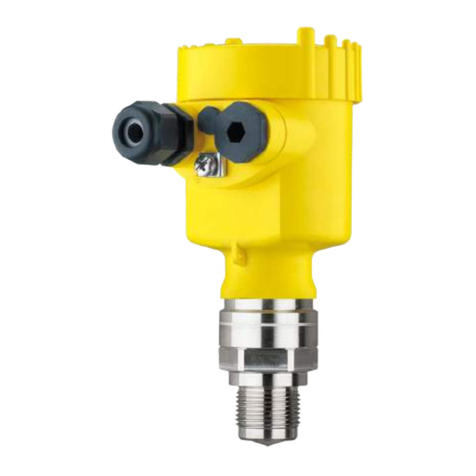
Vega
Vega VEGAPULS 6X User manual

Vega
Vega VEGACAP 63 User manual

Vega
Vega VEGAFLEX 82 User manual

Vega
Vega VEGAPULS WL 61 User manual
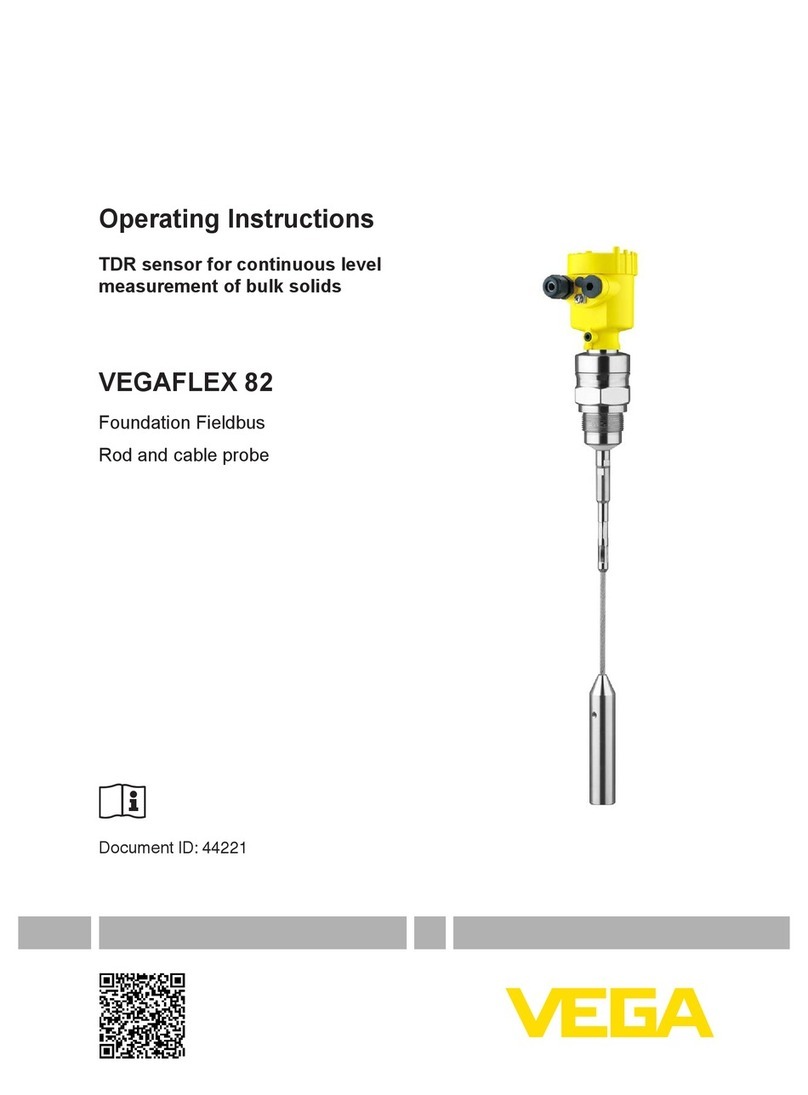
Vega
Vega VEGAFLEX 82 User manual
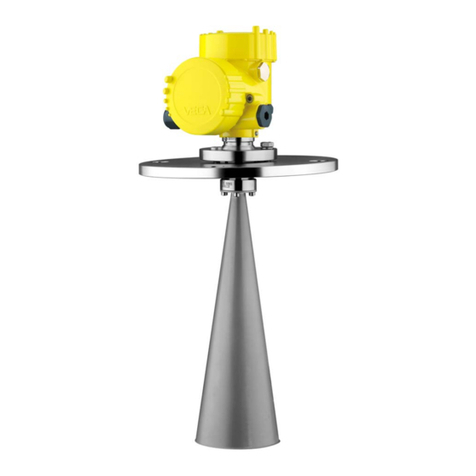
Vega
Vega VEGAPULS 68 User manual
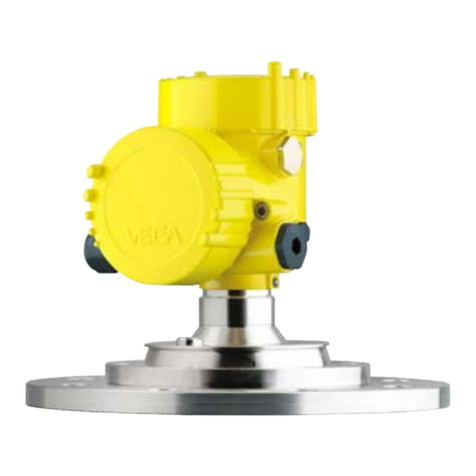
Vega
Vega VEGAPULS 69 User manual
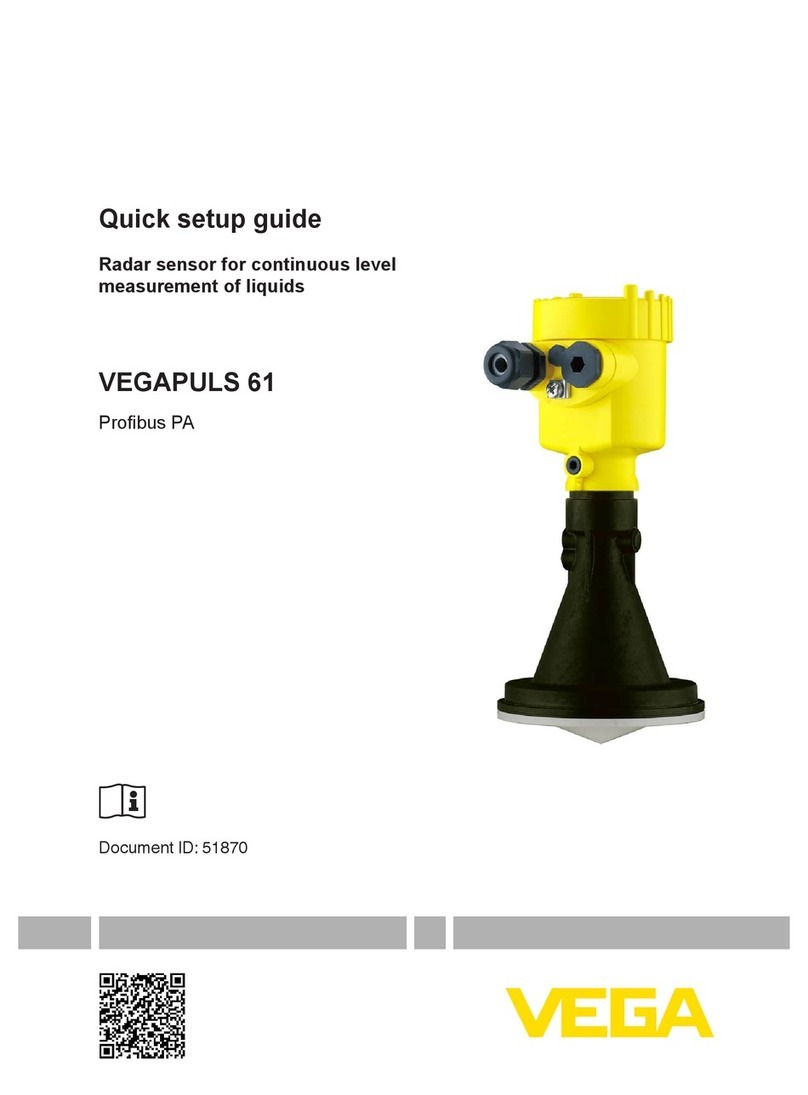
Vega
Vega VEGAPULS 61 User manual
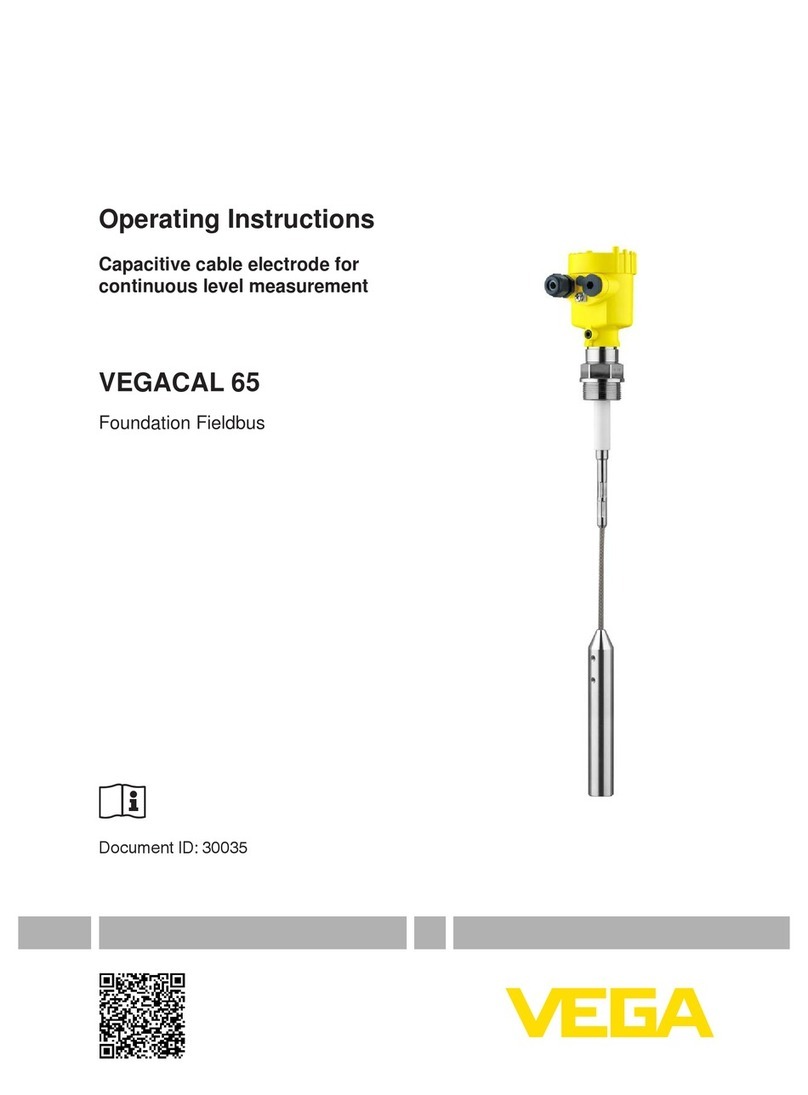
Vega
Vega VEGACAL 65 User manual

Vega
Vega VEGAPULS 61 User manual
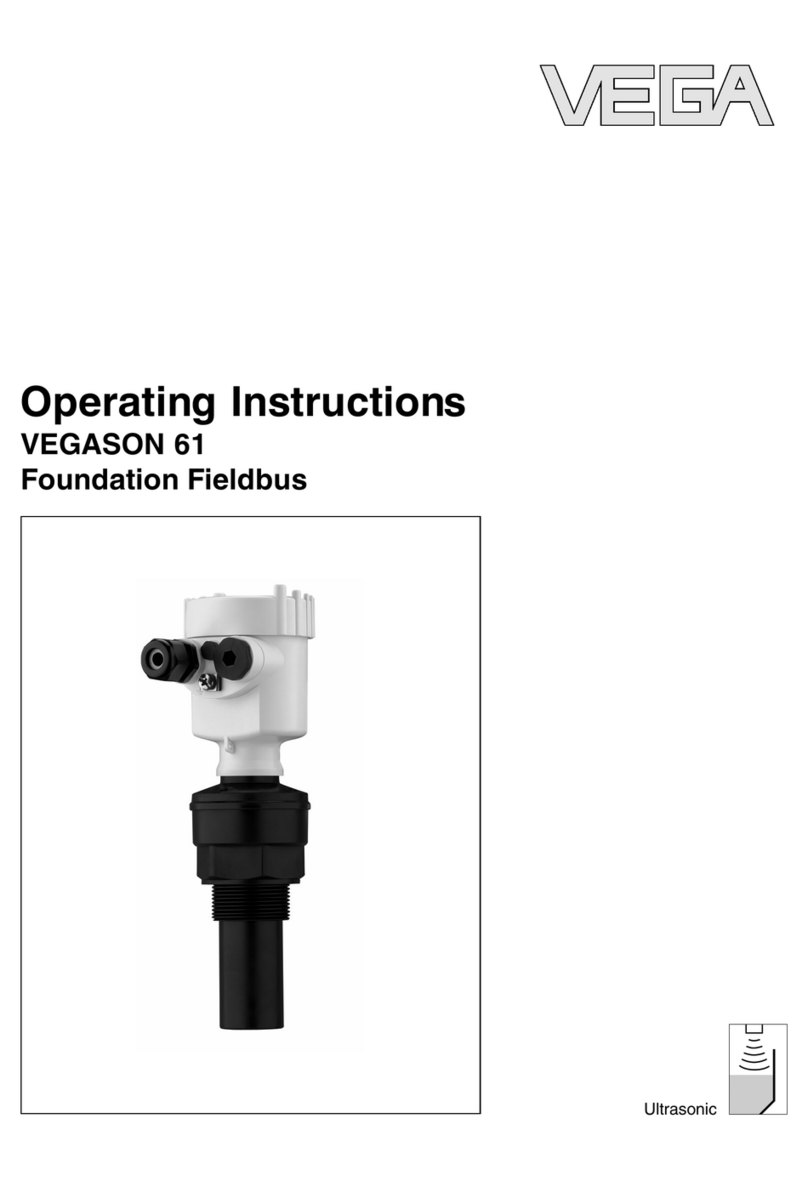
Vega
Vega VEGASON 61 User manual

Vega
Vega VEGAFLEX 82 User manual
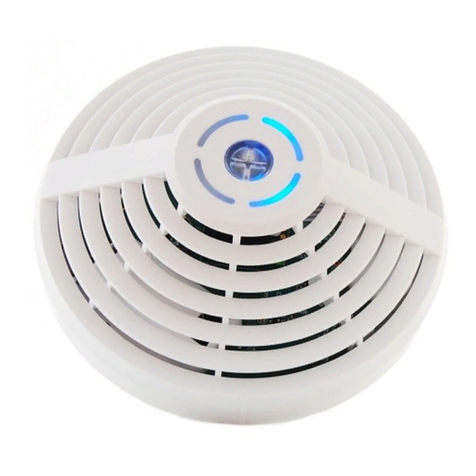
Vega
Vega SMART-SS0102 User manual

Vega
Vega VEGAPULS WL 61 User manual

Vega
Vega VEGASON 63 User manual
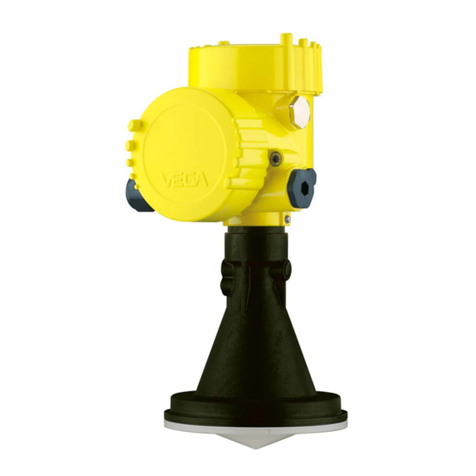
Vega
Vega VEGAPULS 67 User manual
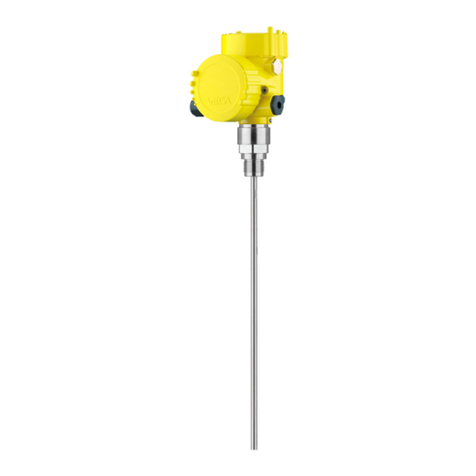
Vega
Vega VEGAFLEX 81 User manual

Vega
Vega VEGAPULS 61 User manual

Vega
Vega VEGAPULS 67 User manual

Vega
Vega VEGAPULS 69 User manual


